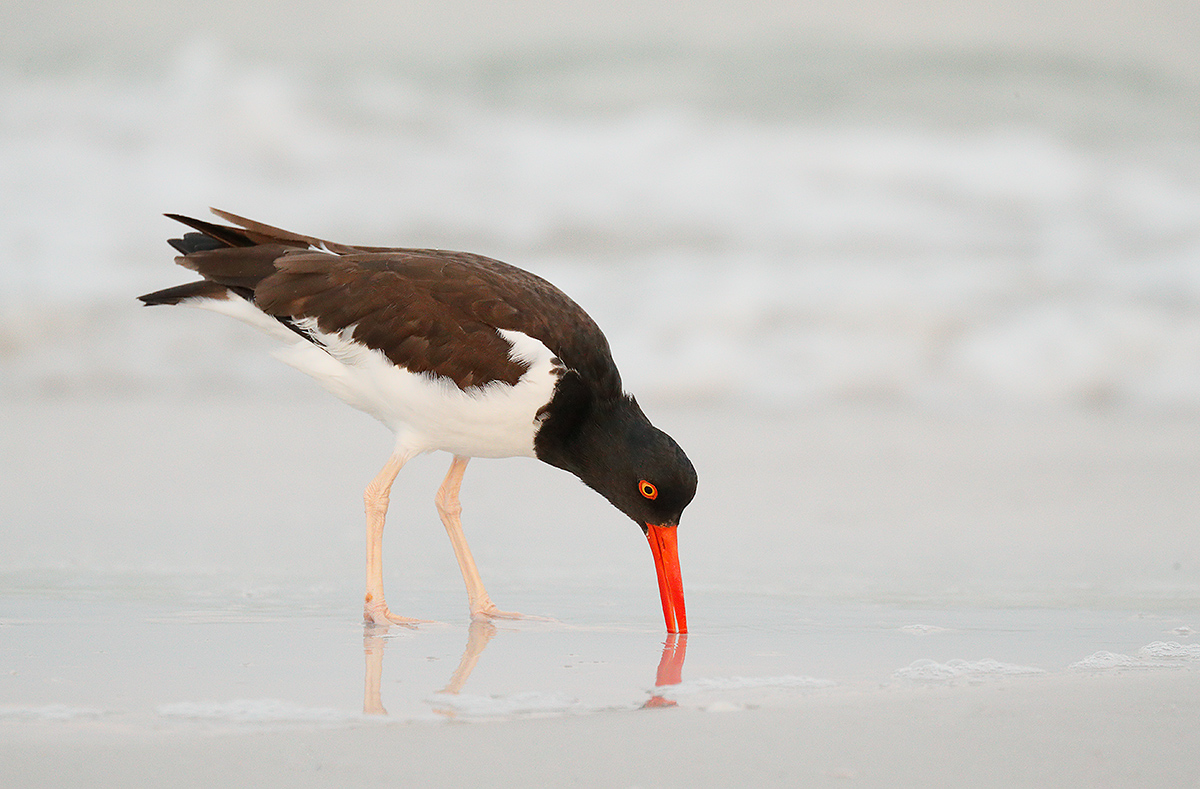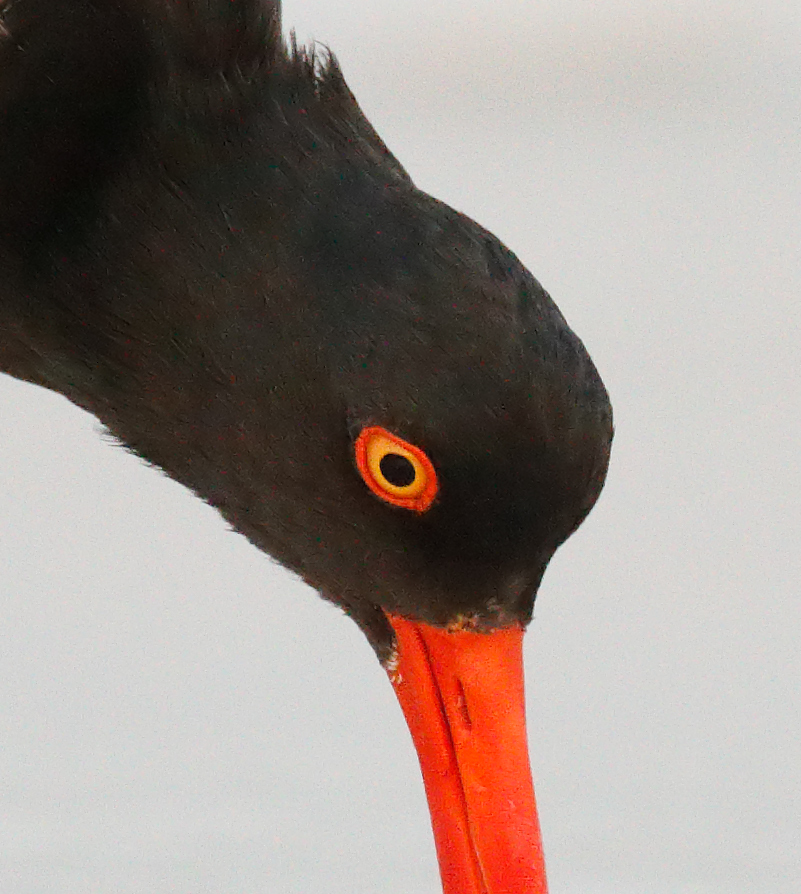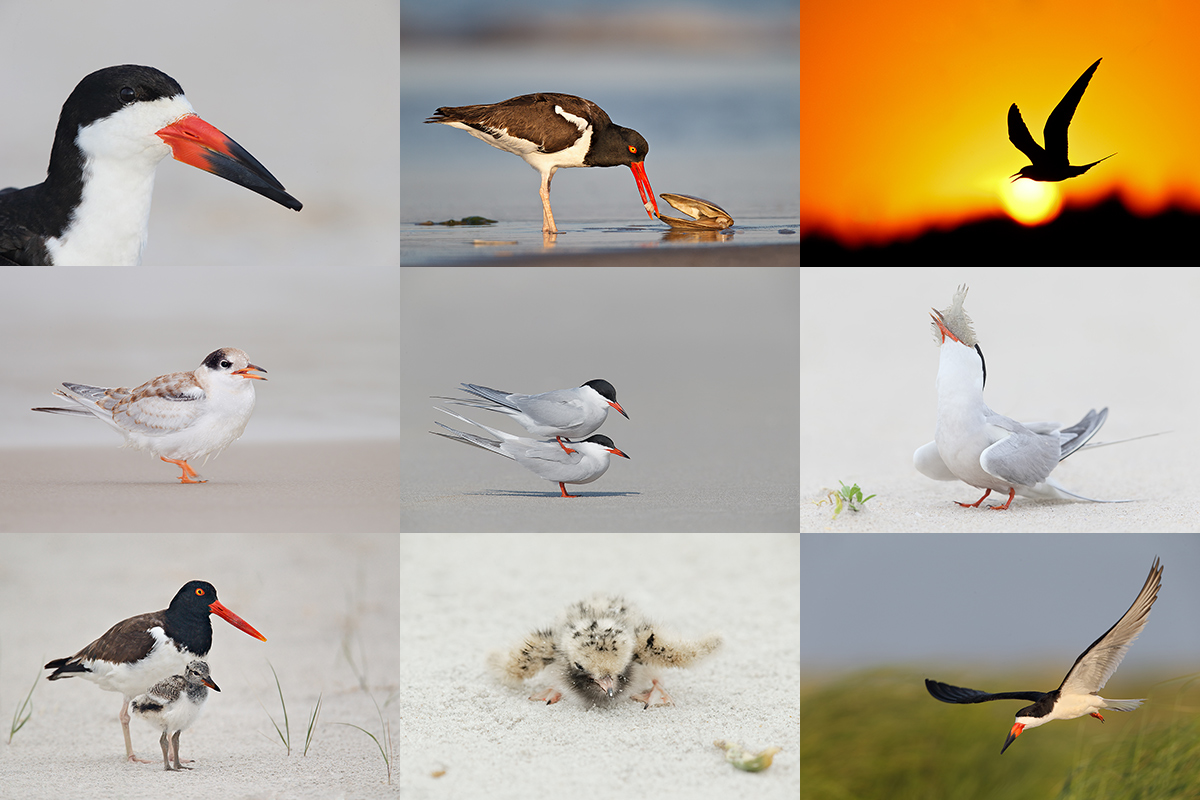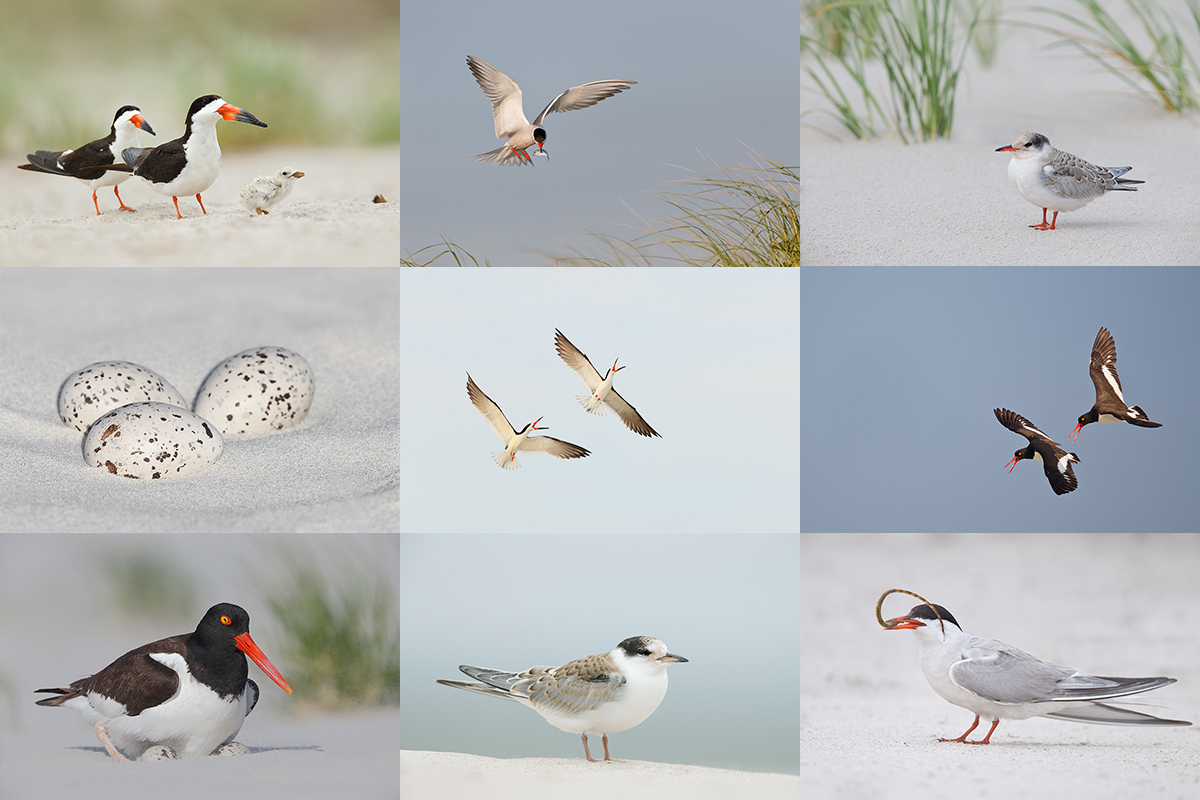What’s Up
Though we had some very good chances, we had one of the worst mornings ever at Fort DeSoto. We followed that up with one of the best afternoons ever. In both cases, there was lots of learning going on. More details soon.
With the image optimizations, this blog post took about an hour to prepare. I finished and published it at 5:12am this morning.
The Streak
Today’s blog post marks 188 days in a row with a new educational blog post, dozens of new topics to cover, and no end in sight until my big South America trip next fall. As always-–and folks have been doing a really great job recently–-please remember to use our B&H links for your major gear purchases. For best results use one of our many product-specific links; after clicking on one of those you can continue shopping with all subsequent purchases invisibly tracked to BAA. Your doing so is always greatly appreciated. Please remember: web orders only. Please remember that if you are shopping for items that we carry in the BAA Online Store (as noted in red at the close of this post below) we would appreciate your business.
|
This image was created before dawn on the first full day of the Fort DeSoto IPT with the hand held Canon EF 100-400mm f/4.5-5.6L IS II USM lens, the Canon Extender EF 1.4X III (at 490mm), and the Canon EOS-1D X Mark II with Premium Kit and 64GB Card and Reader ISO 8000 (is not a typo…). Evaluative metering +1 1/3 stops: 1/320 sec. at f/9 in Tv mode. Color temperature: K 8100. Center AF point/AI Servo Expand/Rear Focus AF as originally framed (this is a small crop from the left and below) was active at the moment of exposure (as is always best when hand holding). The selected AF point fell on the back of the head and neck. Click here to see the latest version of the Rear Focus Tutorial. Click on the image to see a larger version. AF micro-adjustment: +7. (More soon!) American Oystercatcher feeding at dawn |
EOS 1DX Mark II ISO Elevator: Going Up to 8000
Any port in a storm. I was in Tv mode at 1/320 sec. I put in +1 1/3 stops of EC. The camera selected the ISO: 8000 because I set Safety Shift to ISO (as detailed in all of our camera body guides…)
Shutter Speed Question
Why did I work in Tv mode and select 1/320 sec?
Tight unsharpened crop of the ISO 8000 oystercatcher. After running Neat Image noise reduction as per the The Professional Post Processing Guide by Arash Hazeghi with yours truly. |
ISO 8000 1DX II Noise
I started by extrapolating Arash’s brand new Chrominance and Luminance Noise Reduction settings for the 1DX II for ISO 6400. Then I created and applied a Neat Image noise reduction profile as detailed in the The Professional Post Processing Guide by Arash Hazeghi with yours truly.
What do you think of the ISO 8000 noise levels in the tight crop immediately above?
1DX Mark II Autofocus at f/8 with the 100-400 II and the 1.4X III TC
The speed of initial autofocus acquisition and AF tracking accuracy with this combination is unparalleled.
The 1D X II
If what you read today on the blog inspires you to purchase a Canon EOS-1D X Mark II DSLR Camera Premium Kit with 64GB Card and Reader please use the active link or click on the logo-link above. Doing so will be greatly appreciated. Many who used our link right off the bat already have their 1DX Mark IIs.
IPT Similarities
The Fort DeSoto and the Nickerson Beach IPTs have a lot in common. Lots of birds, lots of sand, and lots of learning. The big difference is that there are lots more flight opportunities at Nickerson: hovering terns, birds landing at the nest, and with luck and the right morning winds, skimmers skimming.
|
From upper left clockwise to center: Black Skimmer head portrait, American Oystercatcher dining on surf clam flesh, Common Tern at sunset, Common Tern adult swallowing flatfish, Black Skimmer in flight, newborn Common Tern chick, American Oystercatcher with chick, fresh juvenile Common Tern (with fill flash), and Common Terns copulating. |
Nickerson Beach Terns/Skimmers/Oystercatchers Instructional Photo-Tour (IPT): July 18-22, 2016. 4 1/2 DAYS: $1899. Limit 10/Openings 8.
Meet and greet at 3pm on the afternoon of Monday, July 18. Limit 10.
The primary subject species of this IPT will be the nesting Common Terns. The trip is timed so that we will get to photograph tiny chicks as well as fledglings. There will be lots of flight photography including adults flying with baitfish. Creating great images of the chicks being fed is a huge challenge. In addition to the terns we will get to photograph lots of Black Skimmers courting, setting up their nesting territories, and in flight (both singles and large pre-dawn flocks blasting off). Midair battles are guaranteed on sunny afternoons. And with luck, we might even see a few tiny chicks toward the end of the trip. We will also get to photograph the life cycle of American Oystercatcher. This will likely include nests with eggs and tiny chicks, young being fed, and possibly a few fledglings.
Nesting Piping Plover is also possibly. There will be lots of gulls to photograph; most years I am able to find a few Lesser Black-backed Gulls of varying ages in addition to the Herring, Ring-billed, and Great Black-backed Gulls. You will learn to identify and age the various gull species. There will likely be some Willets feeding along the surf and with luck we might get to photograph a handsome juvenile or two. In addition to the locally breeding shorebirds, we will likely get to see some southbound migrant arctic-and sub-arctic breeding shorebird species such as Sanderling, Semipalmated Plover, and maybe even Red Knot.
|
From upper left clockwise to center: Black Skimmers with tiny chick, Common Tern landing with baitfish for young, fledged Common Tern chick in dunes, American Oystercatchers/display flight, adult Common Tern with pipefish for chick, Common Tern fledgling in soft light, American Oystercatcher on nest with eggs, American Oystercatcher 3-egg clutch, battling Black Skimmers. |
The IPT Logistics
The tour will begin with a meet and greet on the afternoon of Monday, July 18, 2016. That will be followed by our first shooting session at the beach. From Tuesday through and including all of Friday we will have two photography sessions daily. Our morning sessions will start very early so that we are on the beach well before sunrise. We usually photograph for about four hours. Then we will enjoy a group brunch. We will always have a midday break that will include a nap for me. That followed by our daily afternoon classroom sessions that will include image review, workflow and Photoshop, and a review/critique of five of your trip images. Folks are always invited to bring their laptops to brunch for image sharing. I always have mine with me but heck, I am a big show-off. Afternoon in-the-field sessions generally run from 5pm through sunset.
Breakfasts are grab what you can. Four brunches are included. Dinners (if at all) will be on your own as we will often get back to the hotel at about 9pm. There is a fridge in every room and a supermarket within walking distance of the hotel so nobody should starve. You will learn a ton during the nine shooting sessions, the four in-classroom sessions, and even at lunch. Early morning and late afternoon parking is free. If we want to head back to the beach early we will need to arrange tight carpools and share the $30/vehicle parking fee. Non-photographer spouses, friends, or companions are welcome for $100/day, $450 for the whole IPT.
Save a space by calling Jim or Jen at the office at 863-692-0906 and arranging to leave your deposit of $599–credit cards are accepted for deposits only. Your balance will be due on April 18, 2016. I hope that you can join me for what will be an exciting and educational IPT.
Please Remember to use our Affiliate Links 🙂
To show your appreciation for my continuing efforts here, we ask, as always, that you get in the habit of using my B&H affiliate links on the right side of the blog for all of your photo and electronics purchases. Please check the availability of all photographic accessories in the BIRDS AS ART Online Store, especially the Mongoose M3.6 tripod heads, Induro tripods and ballheads, Wimberley heads and plates, LensCoats and accessories, and the like. We sell only what I have used, have tested, and can depend on. We will not sell you junk. We know what you need to make creating great images easy and fun. And we are always glad to answer your gear questions via e-mail.
I would of course appreciate your using our B&H affiliate links for all of your major gear, video, and electronic purchases. For the photographic stuff mentioned in the paragraph above we, meaning BAA, would of course greatly appreciate your business. Here is a huge thank you to the many who have been using our links on a regular basis and visiting the BAA Online store as well.
I would of course appreciate your using our B&H affiliate links for all of your major gear, video, and electronic purchases. For the photographic stuff mentioned in the paragraph above we, meaning BAA, would of course greatly appreciate your business. Here is a huge thank you to the many who have been using our links on a regular basis and visiting the BAA Online store as well.
Be sure to like and follow BAA on Facebook by clicking on the logo link upper right. Tanks a stack!
Typos
In all blog posts and Bulletins, feel free to e-mail or to leave a comment regarding any typos or errors. Just be right 🙂


















Wonderful low light shot Guru.
Yes that’s one of the main strengths of bigger pixels on a full-frame sensor. The image was captured in extreme low light at a rather small aperture nevertheless; the photo is so clear and sharp. It’s only feasible at such insane high ISO with the larger pixels of the flagship body’s new awesome sensor.
All said and done; creation of great images are only possible by a Great veteran like Guru Arthur Morris. It’s not just anybody capable of creating such an image with the same system.
Hats off to you Guru.
🙂 and thanks Quazi. You should join me on a big trip!
I just prepared a noise profile for ISO 102400. OK, I have found the limit. It is just useable at that ISO after 100% Neat Image, no sharpening.. Emergency use only. But still remarkable I have anything. If I see a yeti at night fall, I will have it handy.
My T-90’s from 30 years ago had a feature called Safety Shift, but it did not do anything to ISO, it just over-rid selections in AV and TV mode, driving the non-selected option to create “better” exposures. Similar name for a feature that now includes ISO as a variable that was selected by the DX (film speed reading, not frame size) of the camera bodies of old.
Are you seeing green along the high contrast black white edges of images with the 400 DO? Looks like the “other side of purple fringing”. Should be an easy fix. Might be my monitor, but it has manifest itself on several images (green is on the black side, purple is on the opposite white sides). Just curious.
Great shooting, though, and the new 1DX is looking very capable.
Guido
Not seeing any chromatic aberration but then I don’t go looking for it 🙂 a
Answer to your question:
1/320- pretty much the minimum shutter speed for hand holding the selected lens-tc combination using IS.
F9- to maximize the small DOF at the subject Oyster Catcher and still leave a pleasing background.
Safety Shift to ISO- to use the fantastic ISO capabilities of the new 1DX Mk II and preserve your selected Tv-Av settings.
Your exposure decision was based upon the changing light conditions of the very early morning light and a mostly stationary subject. With the mostly consistent subject size and background you were able to avoid an improper exposure and keep shooting, thus resulting in a beautiful image.
Hope I am on the correct path.
Thanks Artie 🙂
Hey Kent, You were not only on the correct path you nailed everything! Well done. a
Keep going. You will be astounded at ISO 25600. And do try luminosity sharpening./ It really works well on the high ISO images after Neat Image sharpening.
Quality excellent you will be able to go considerably higher, I recently posted in macro ISO 25000 or so – straight forward conversion and minimal NR.
Thanks a, good to know. I’ve got a 50D, only Safety Shift on Tv/Av.
That may have been the last Canon camera without it… I forget how that works. a
Great to have ISO safety shift; not on earlier models.
Typo: In the caption you have 1/3200 sec, later 1/320 sec. Latter must be right.
Looking forward to your AFMA tale of woe.
Thanks for the typo correction. Safety Shift: ISO has been on many generations of Canon bodies. You need to check out our camera User’s Guides 🙂
a